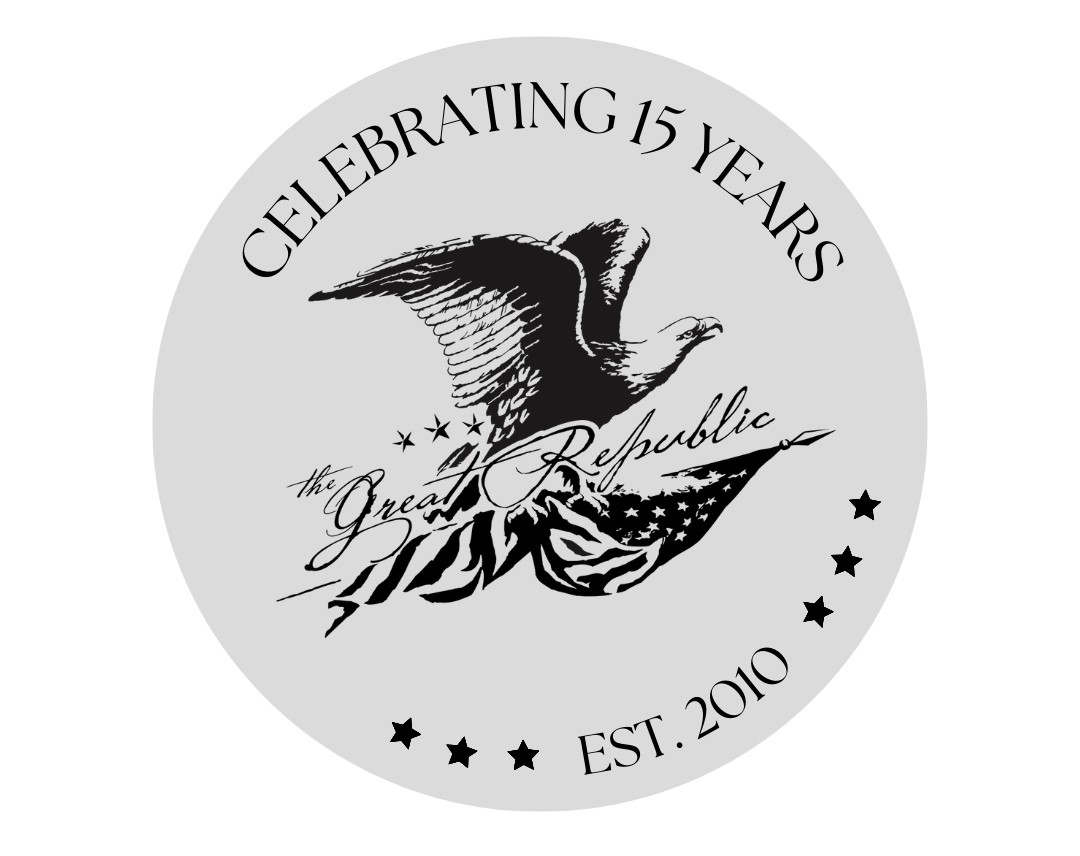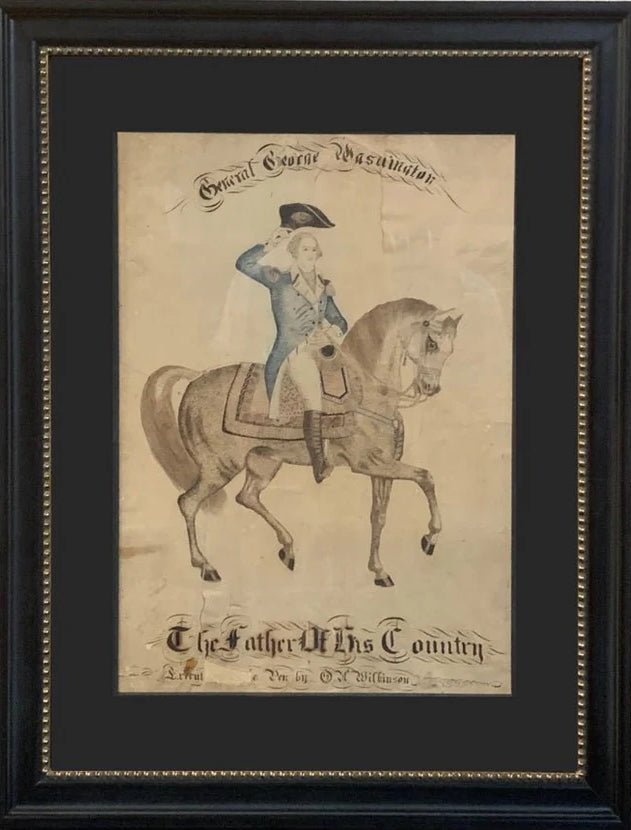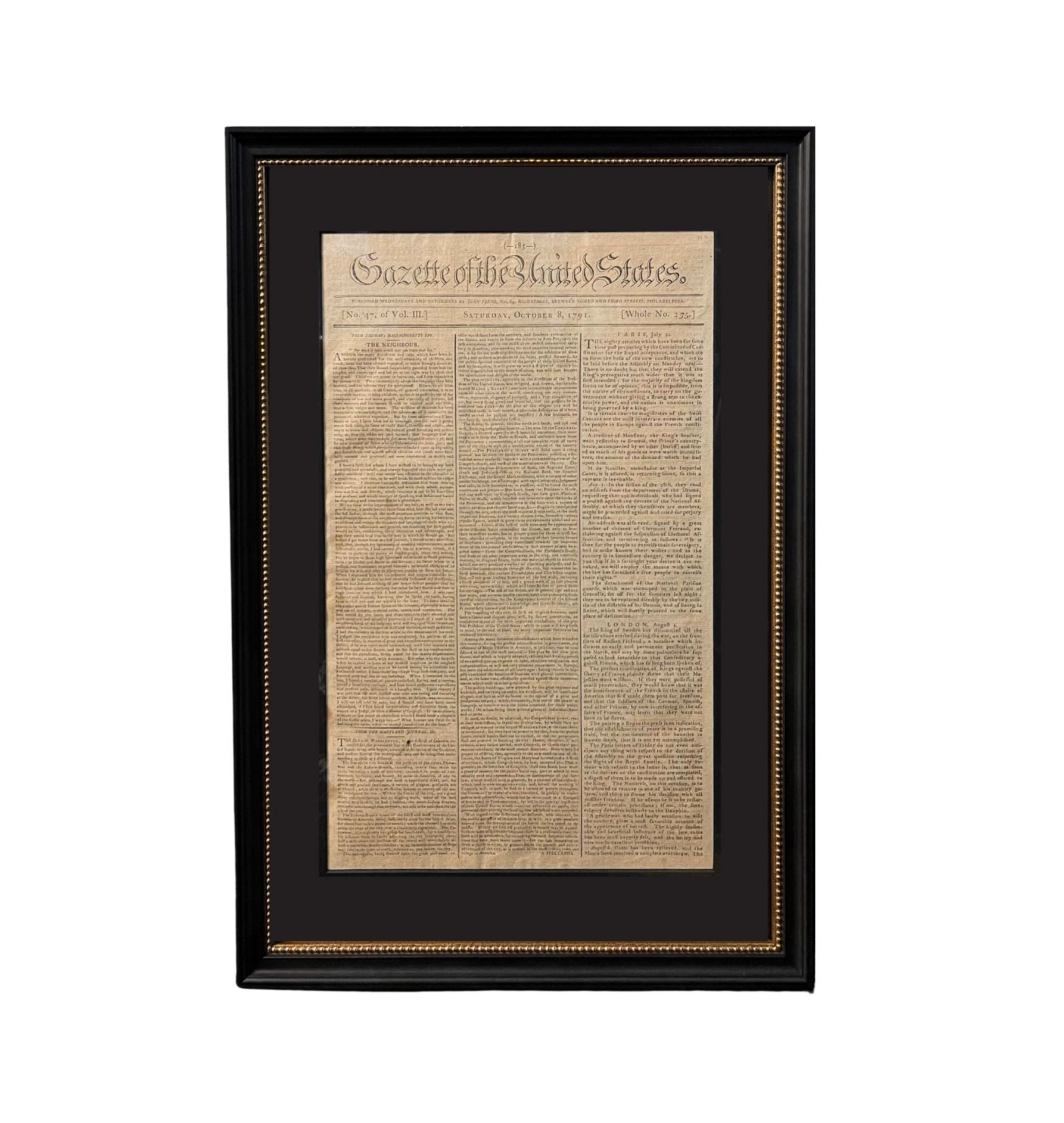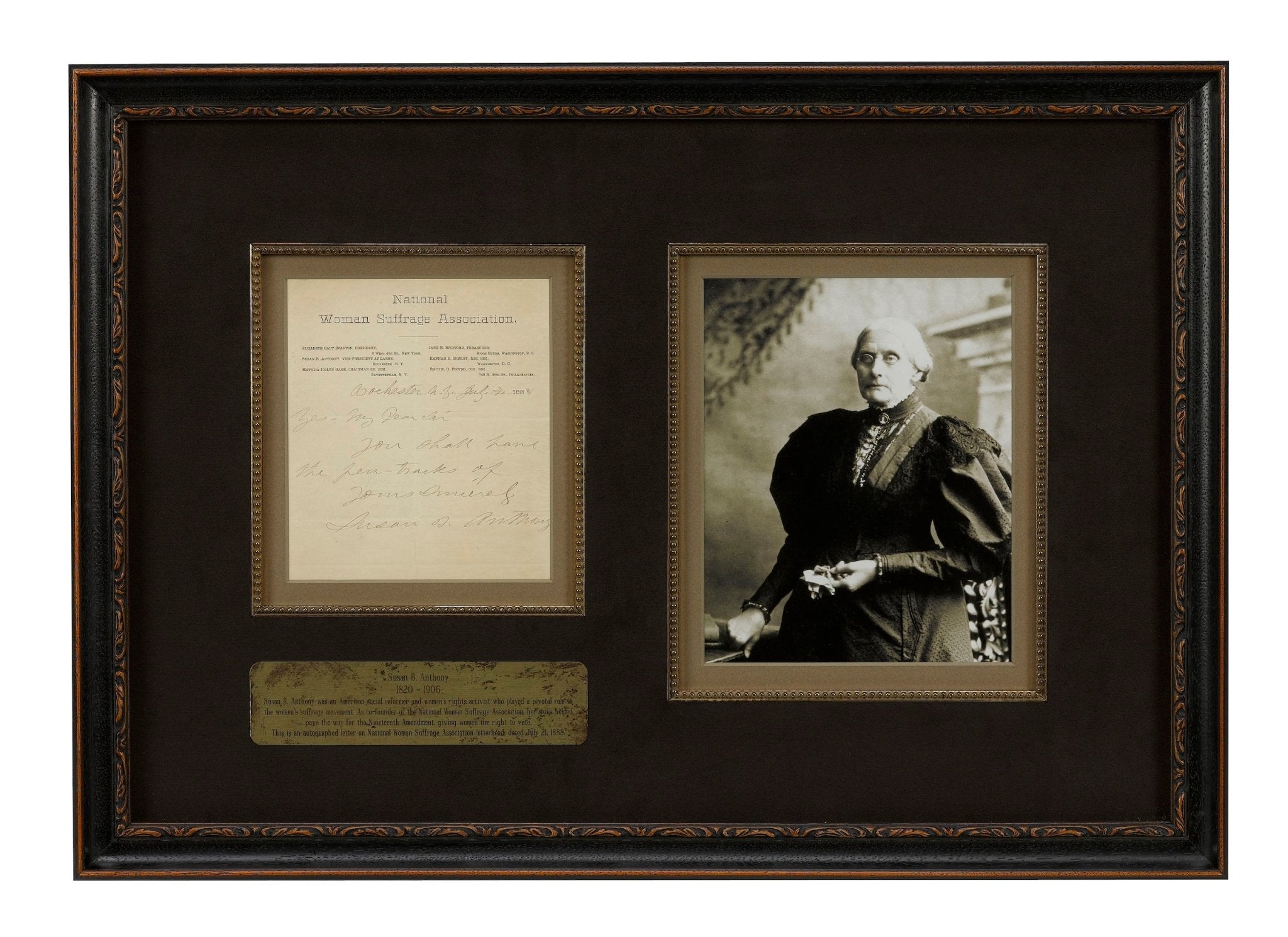A Celebration of Women’s Voting Rights: Women’s History Month
Happy Women’s History Month! This month is a special time to celebrate and honor women’s history, and the influential female leaders who made an impact. We recently acquired a selection of women’s voting history items, each telling a story of the arduous journey to suffrage. Take a look at this special collection.
This is an original handwritten and signed letter by women’s rights activist Susan B. Anthony. The letter is written on National Woman Suffrage Association stationary and is dated July 21, 1888. Anthony writes to an autograph collector: "Yes - My Dear Sir. You shall have the pen-tracks of. Yours Sincerely. Susan B. Anthony." It includes the National Woman Suffrage Association leadership names and titles of Susan B. Anthony, Elizabeth Cady Stanton, Matilda J. Gage, and other significant feminist leaders of the early 20th century. Anthony and Stanton formed the National Woman Suffrage Association in May of 1869 and fought for a universal-suffrage amendment to the U.S. Constitution. This collage is a testament to Anthony and the other pioneering female leaders of the suffragette movement.
Similarly, we have two suffrage broadsides dating to 1917. The first is an original National Woman Suffrage broadside titled “What is the Federal Suffrage Amendment?,” published by the National Woman Suffrage Publishing Company, Inc. It advocates for suffrage on a national level, and lists states where women’s votes were counted on the state level for the 1916 Presidential election. The document concludes with: “Until the Women-People . . . elect their Representatives our government is Republican in form but not in fact.”
Also dated to 1917 is this North Dakota ballet broadside, reading "Vote on the Woman Suffrage Ballot FIRST and Be Sure You Vote YES". Women’s suffrage was debated upon the admission of North Dakota to the Union in 1889, though ultimately denied. Women of the state took it upon themselves to join suffrage clubs and organizations to speak up for their right to vote. They were faced with roadblocks in the form of defeated bills. By 1917, they applied a new strategy that focused on partial suffrage. Rather, the bill stated specific offices for women to vote on, including U. S. president and county and township offices. The partial suffrage bill ultimately won legislative approval.
The last item is this rare, early 20th century American “Votes for Women” pennant. This pennant is a symbol of women’s fight for suffrage during the late 19th and early 20th centuries. "Votes for Women" was one of the most frequently used slogans throughout the woman's suffrage movement and yellow was the National American Woman Suffrage Association's official color. The pennant was likely produced for parades and marches.
The United States Congress passed the 19th Amendment on June 4, 1919. It was ratified on August 26, 1920 and became part of the Constitution. It stated that “The right of citizens of the United States to vote shall not be denied or abridged by the United States or by any State on account of sex.”








